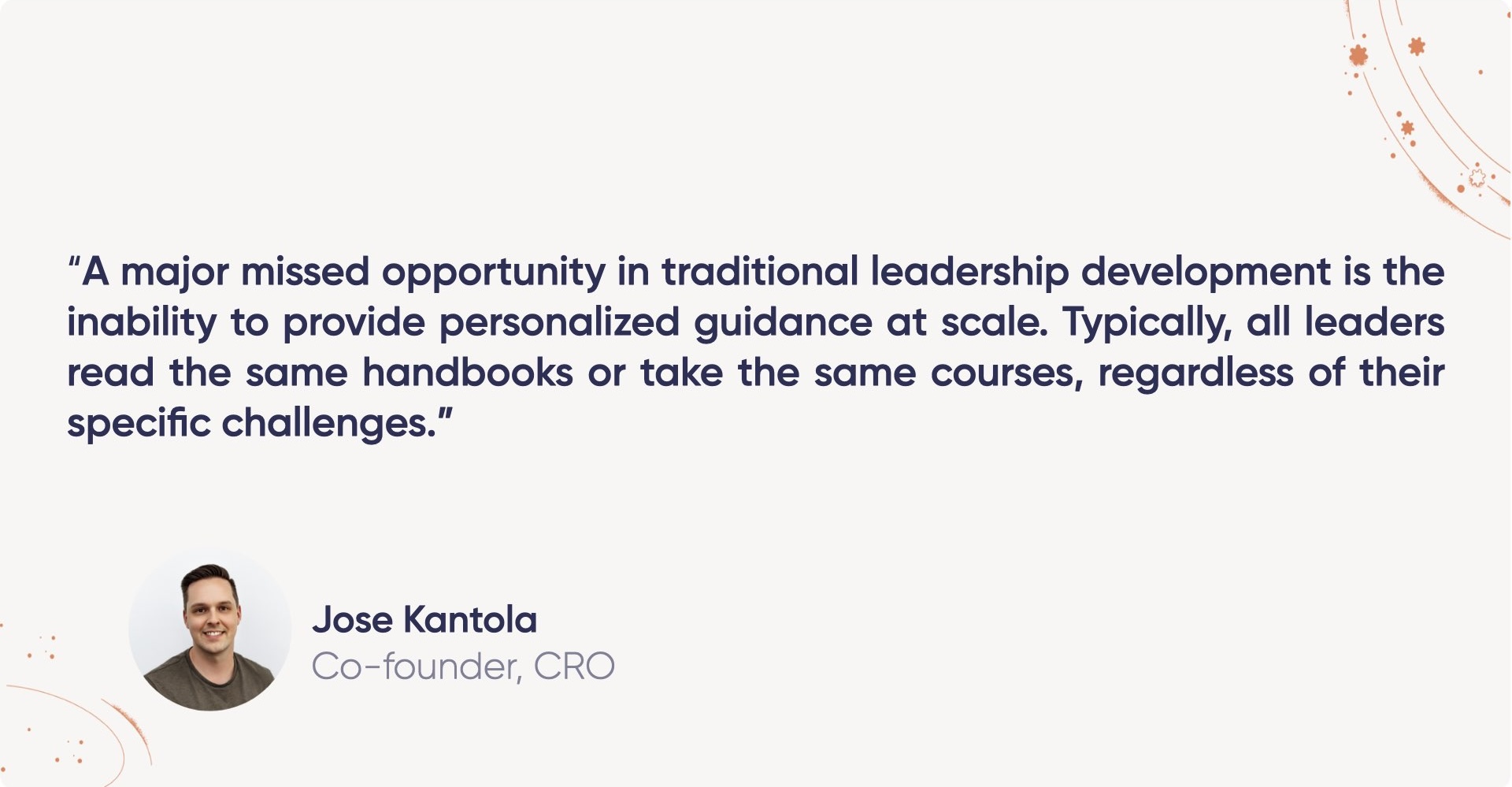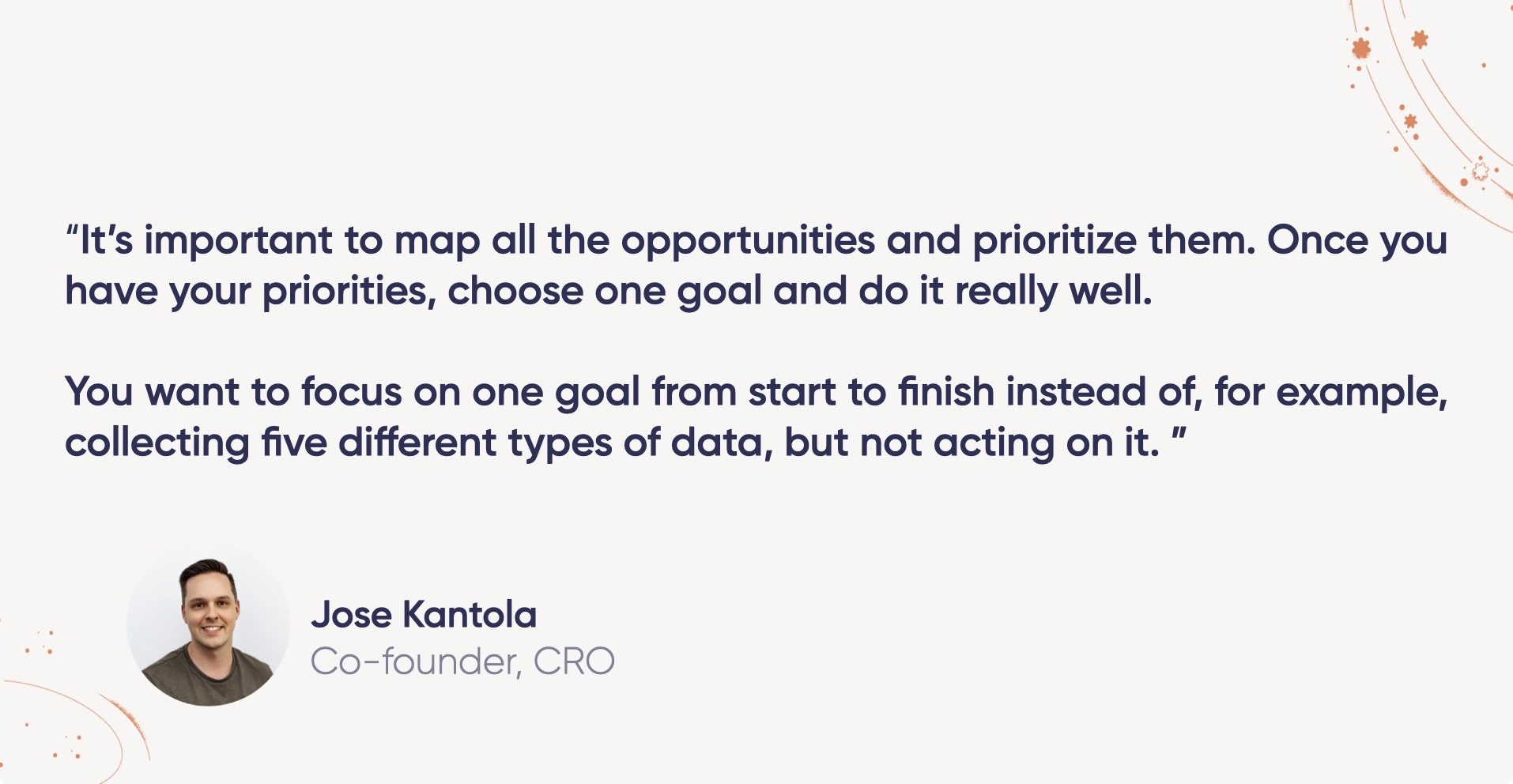Employee Engagement Pulse Surveys: Everything You Need to Know
July 9, 2025A pulse survey is a short, frequent questionnaire designed to measure employee sentiment and engagement in real-time. Unlike traditional annual employee surveys that can take 20-30 minutes to complete, pulse surveys typically contain 5-15 questions and take just a minute to finish.
I’ve spent over a decade helping organizations understand their employees better. I’ve learned that short, regular check-ins are the best way to keep track of how people feel at work. That’s exactly what pulse surveys are for.
If you’re an HR professional, team leader, or business owner looking to boost employee engagement without overwhelming your workforce, this guide will walk you through everything you need to know about engagement pulse surveys.
What is a Pulse Survey?
A pulse survey is a short, frequent questionnaire designed to measure employee sentiment and engagement in real-time. Unlike traditional annual employee surveys that can take 20-30 minutes to complete, pulse surveys typically contain 5-15 questions and take just a minute to finish.
The key difference lies in the frequency and focus. While annual surveys provide comprehensive data once a year, pulse surveys deliver actionable insights every few weeks or months, allowing you to address issues before they become major problems.
Listen to Your People
Track engagement and wellbeing continuously and ensure leaders take action on all levels of the organization – effortlessly in Slack or MS Teams.
What Can You Measure with Engagement Pulse Surveys?
Engagement pulse surveys can measure virtually every aspect of the employee experience. Here are the core areas I recommend focusing on:
Employee Satisfaction
- Overall job satisfaction
- Satisfaction with compensation and benefits
- Work-life balance
- Physical and digital work environment
Management and Leadership
- Trust in immediate supervisor
- Quality of feedback received
- Leadership communication effectiveness
- Support for professional development
Team Dynamics
- Collaboration within teams
- Cross-departmental cooperation
- Psychological safety
- Team communication quality
Career Development
- Growth opportunities
- Skill development support
- Career path clarity
- Learning and training effectiveness
Company Culture
- Alignment with company values
- Sense of belonging
- Recognition and appreciation
- Organizational transparency
Workload and Stress
- Manageable workload levels
- Stress management support
- Resource availability
- Role clarity
Benefits of Pulse Surveys
Based on my experience implementing pulse surveys across various organizations, here are the key benefits you can expect:
Real-Time Insights
You get immediate feedback on current issues instead of waiting months for annual survey results. This allows you to address problems while they’re still manageable.

Higher Response Rates
Short surveys naturally achieve better participation. I’ve seen response rates jump from 40-60% (typical for annual surveys) to 80-90% for well-designed pulse surveys.
Actionable Data
The focused nature of pulse surveys provides specific, actionable insights. Instead of general “communication needs improvement,” you get precise feedback like “weekly team updates would help with project clarity.”
Continuous Improvement Culture
Regular pulse surveys create a feedback loop that demonstrates your commitment to employee voices. This builds trust and encourages ongoing participation.
Early Problem Detection
You can spot trends and issues before they escalate. For example, detecting declining engagement in a specific department allows you to intervene before turnover increases.
Better Manager Accountability
Frequent feedback gives managers regular opportunities to improve their leadership approach based on team input.
Key Characteristics of the Engagement Pulse Survey
Understanding these characteristics will help you design effective pulse surveys that your employees actually want to complete:
Short and Sweet
Keep your surveys to 5-15 questions maximum to prevent survey fatigue. I’ve found that surveys taking longer than 5 minutes see significant drop-offs in completion rates.
Regular Cadence
Establish a consistent schedule. Whether it’s monthly, bi-weekly, or quarterly, consistency builds trust and expectation. Some of our customers find that monthly or bi-monthly works best.
Focused Themes
Each pulse survey should have a clear focus. Don’t try to measure everything at once. Rotate themes like “Management Support” one month and “Work-Life Balance” the next.
Anonymous but Trackable
Ensure anonymity to encourage honest feedback while maintaining the ability to track trends over time. This balance is crucial for both participation and useful data analysis.
Quick Turnaround on Results
Share results within 1-2 weeks of survey completion. Delayed feedback kills engagement and trust in the process.
Examples of Pulse Surveys
Here are 10 practical pulse survey examples you can adapt for your organization:
1. Monthly Team Pulse
Focus: Overall team health
- How satisfied are you with your current workload? (1-5 scale)
- Do you feel your manager provides clear direction? (Yes/No/Sometimes)
- How connected do you feel to your team? (1-5 scale)
- What’s one thing that would improve your work experience this month? (Open text)
2. Manager Effectiveness Pulse
Focus: Leadership quality
- My manager helps me prioritize my work effectively (Agree/Disagree/Neutral)
- I receive regular, helpful feedback from my supervisor (1-5 scale)
- My manager supports my professional development (Yes/No/Somewhat)
- What’s one thing your manager does well? (Open text)
- What’s one area where your manager could improve? (Open text)
3. Work-Life Balance Check
Focus: Employee wellbeing
- How manageable is your current workload? (Very manageable/Manageable/Challenging/Overwhelming)
- Do you feel you have adequate time for personal activities? (Yes/No/Sometimes)
- How stressed do you feel at work lately? (1-5 scale)
- What support would help you maintain better work-life balance? (Multiple choice + Other)
4. Communication Pulse
Focus: Information flow
- I receive the information I need to do my job well (1-5 scale)
- Company updates are clear and timely (Agree/Disagree/Neutral)
- I feel comfortable sharing ideas with my team (Yes/No/Sometimes)
- How would you prefer to receive company updates? (Multiple choice)
5. Recognition and Rewards Pulse
Focus: Appreciation and motivation
- I feel recognized for my contributions (1-5 scale)
- My achievements are acknowledged by my manager (Yes/No/Sometimes)
- The recognition I receive feels meaningful (Agree/Disagree/Neutral)
- What type of recognition motivates you most? (Multiple choice)
6. Career Development Pulse
Focus: Growth opportunities
- I see clear opportunities for advancement in my role (1-5 scale)
- My organization invests in my professional development (Yes/No/Somewhat)
- I have the skills needed to advance in my career (Agree/Disagree/Neutral)
- What development opportunity would benefit you most? (Open text)
7. New Employee Onboarding Pulse
Focus: Integration experience (for employees in first 90 days)
- The onboarding process prepared me well for my role (1-5 scale)
- I feel welcomed by my team (Yes/No/Somewhat)
- I understand my job responsibilities clearly (Agree/Disagree/Neutral)
- What would have made your onboarding experience better? (Open text)
8. Remote Work Effectiveness Pulse
Focus: Remote work experience
- I have the tools and technology needed to work effectively from home (Yes/No/Partially)
- I feel connected to my team while working remotely (1-5 scale)
- How productive do you feel working from home compared to the office? (More/Same/Less productive)
- What would improve your remote work experience? (Multiple choice + Other)
9. Company Culture Pulse
Focus: Values and belonging
- I feel like I belong at this organization (1-5 scale)
- My personal values align with company values (Agree/Disagree/Neutral)
- I would recommend this company as a great place to work (Yes/No/Maybe)
- What makes you proud to work here? (Open text)
10. Change Management Pulse
Focus: Adaptation to organizational changes
- I understand the reasons behind recent changes (Yes/No/Partially)
- I feel supported during this transition period (1-5 scale)
- The change process has been communicated clearly (Agree/Disagree/Neutral)
- What additional support would help you adapt to these changes? (Open text)
How to Create an Engagement Pulse Survey?
Creating effective engagement pulse surveys requires thoughtful planning and execution. Here’s my step-by-step approach:
Step 1: Define Your Objectives
Start by identifying what you want to learn. Are you addressing a specific concern? Measuring the impact of a recent initiative? Gathering baseline data? It’s best to focus on one goal at a time instead of collecting five different types of feedback and not acting on it.

Step 2: Choose Your Focus Area
Select one primary theme per survey. Trying to cover everything creates lengthy surveys and diluted insights. Rotate focus areas across surveys to build a comprehensive understanding over time.
Step 3: Design Your Questions
- Start with demographics: Consider things like department, tenure, role level
- Use varied question types: Mix scales, yes/no, multiple choice, and one open-ended question
- Keep language simple: Avoid jargon and complex terms
- Stay neutral: Don’t lead respondents toward specific answers
- Test readability: Have someone outside your team review questions for clarity
Step 4: Set Up Automation and Technology
Nobody wants to send surveys every month and chase down responses manually. Look for platforms that can automatically distribute surveys on your chosen schedule and send gentle reminders to non-respondents. The right technology should also compile results, generate basic reports, and integrate with your existing communication tools to reach employees where they already spend their time.
Step 5: Plan Your Distribution
Send the survey at a good time. Avoid holidays, busy weeks, or big deadlines, since people are less likely to respond then. Explain why you’re doing the survey, how long it will take, and when employees will see the results and any follow-up actions.
Step 6: Analyze and Act
- Review data promptly: Aim to analyze results within one week
- Look for trends: Compare results to previous surveys and identify patterns
- Identify quick wins: Find issues you can address immediately
- Plan longer-term actions: Develop strategies for complex challenges
- Communicate back: Share key findings and planned actions with employees
Step 7: Follow Through
Act on survey feedback so employees know their opinions count. Use follow-up surveys to check progress and celebrate improvements. Stick to a regular survey schedule to show you’re serious about listening and making changes.
Conclusion
Engagement pulse surveys provide the regular feedback loop necessary to build a culture of continuous improvement. As someone who has implemented these surveys across dozens of organizations, I can tell you that the companies seeing the best results are those that treat pulse surveys as the beginning of conversations, not the end.
Your employees want to be heard. Engagement pulse surveys give them that voice – and give you the insights needed to create the workplace they deserve.
If you’re ready to start your pulse survey program, schedule a demo with our team of experts today. But remember: success comes from consistency and follow-through, not perfection from day one.



